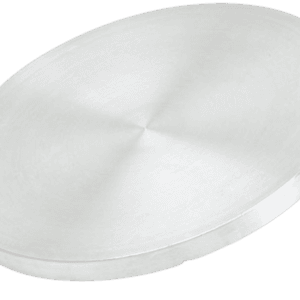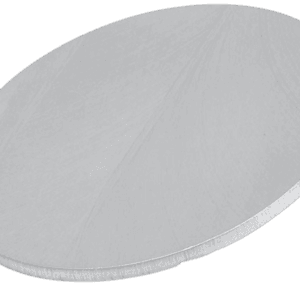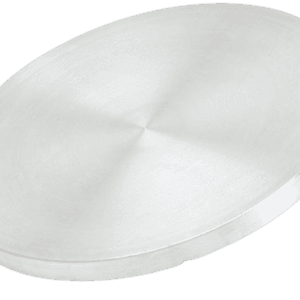Cadmium Arsenide Sputtering Target Description
Cadmium Arsenide Sputtering Targets are crafted from high-purity Cadmium Arsenide (Cd₃As₂), offering a range of purity grades and morphological sizes to meet diverse research and production requirements. These targets are suitable for use in Chemical Vapor Deposition (CVD) and Physical Vapor Deposition (PVD) processes, enabling the production of uniform and extremely thin films.
Cadmium Arsenide (Cd₃As₂) is noted for its unique properties, which open up various application scenarios:
- Semiconducting Properties: Cd₃As₂ is utilized in the fabrication of semiconductor devices due to its effective semiconducting characteristics.
- Topological Insulators: Cd₃As₂ is considered a three-dimensional topological insulator. Its topological properties hold significant potential for applications in topological insulator materials.
- Magnetism: The crystal structure of Cd₃As₂ may exhibit antimagnetic properties, making it relevant in the study of magnetic materials and their potential applications.
Our Cadmium Arsenide Sputtering Targets are produced under strict quality assurance protocols to ensure the highest standards of performance and reliability for various technological applications.
Related Product: Cadmium Sputtering Target, Cadmium Fluoride Sputtering Target
Cadmium Arsenide Sputtering Target Specifications
| Compound Formula | Cd3As2 |
| Molecular Weight | 487.08 |
| Appearance | Grey Target |
| Melting Point | 716℃ |
| Density | 3.031 g/cm3 |
| Available Sizes | Dia.: 1.0″, 2.0″, 3.0″, 4.0″, 5.0″, 6.0″ Thick: 0.125″, 0.250″ |
Cadmium Arsenide Sputtering Target Handling Notes
Indium bonding is recommended for Cadmium Arsenide (Cd₃As₂) Sputtering Targets due to the material’s inherent characteristics that can pose challenges during sputtering. Cadmium Arsenide is known for its brittleness and low thermal conductivity, which can make it susceptible to thermal shock.
Indium bonding helps to mitigate these issues by providing a more resilient attachment between the target and the backing plate, thus improving the overall stability and performance of the sputtering process. This bonding technique is particularly valuable in ensuring the reliable operation of the target in high-energy environments typical of sputtering applications.
Cadmium Arsenide Sputtering Target Application
Cadmium Arsenide (Cd₃As₂) Sputtering Targets offer diverse applications due to their unique properties:
- Thin Film Deposition: Utilized in Physical Vapor Deposition (PVD) and Chemical Vapor Deposition (CVD) processes, Cadmium Arsenide Sputtering Targets facilitate the generation of thin films for various semiconductor devices. The sputtering process involves placing the target in a vacuum chamber and bombarding it with high-energy ions or electrons to deposit uniform thin films on substrates.
- Semiconductor Device Fabrication: The thin films produced from Cadmium Arsenide can be used in the creation of semiconductor devices such as thin-film transistors, photodiodes, and other electronic and optoelectronic components. These films are critical in advancing semiconductor technology and device performance.
- Magnetic Material Research: Cadmium Arsenide’s potential to exhibit antiferromagnetic properties due to its crystal structure makes it valuable for research into magnetic materials. Sputter-deposited films can be explored for applications in magnetic materials and related research areas.
These capabilities underscore the versatility and importance of Cadmium Arsenide Sputtering Targets in both technological and research domains.





Reviews
There are no reviews yet.